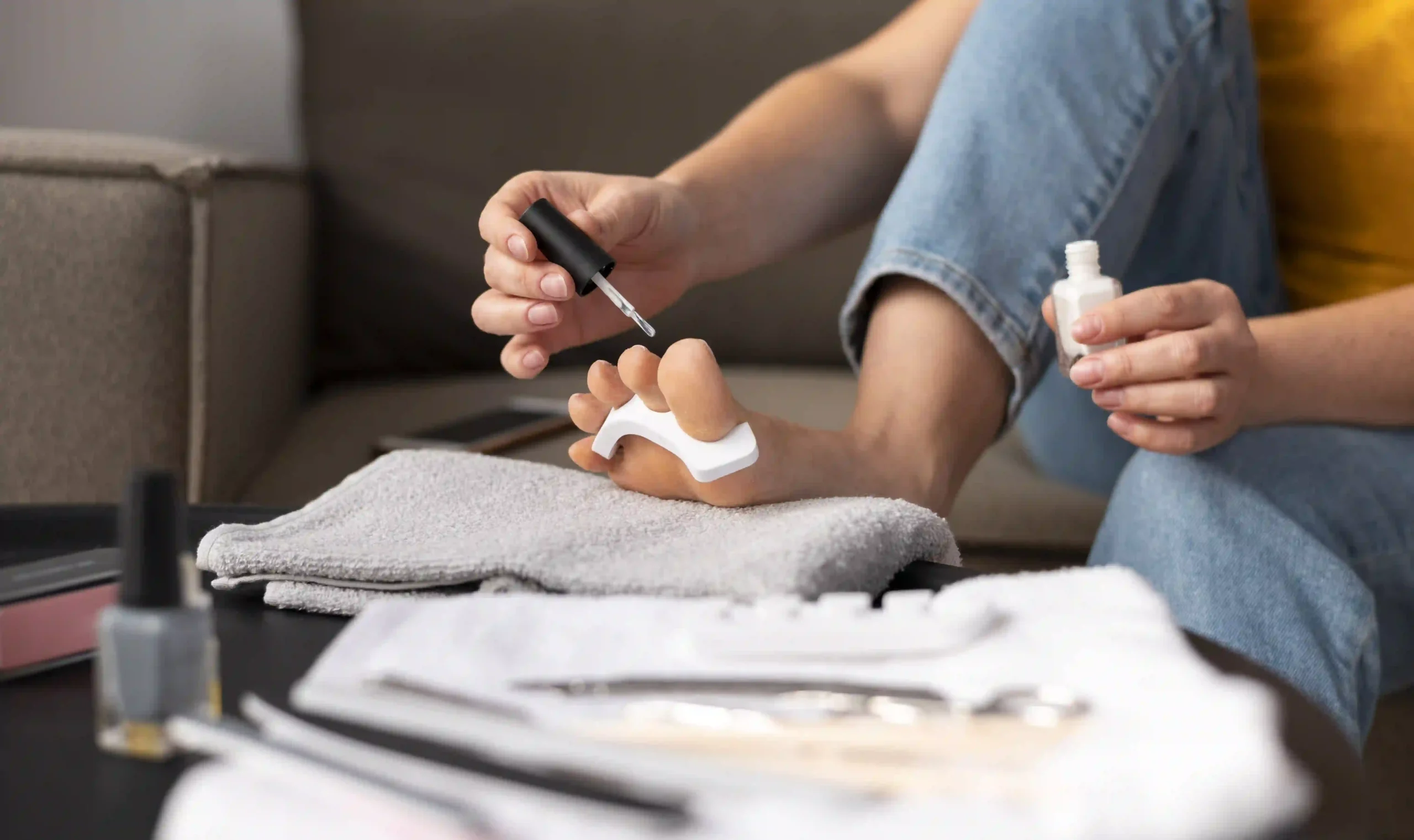A Guide for Animal Allergy Sufferers on Living with Pets
For many pet owners, the connection with their animals is genuinely irreplaceable. However, for those who experience allergies, this relationship can become challenging.
According to the Asthma and Allergy Foundation of America, allergies to cats and dogs affect 10 to 20% of the world’s population. Pet allergies are prevalent and can be caused by proteins present in their saliva, dander, and urine. These allergens can linger in the air and settle on surfaces, making it difficult to maintain a comfortable living environment.
Moreover, allergies are not limited to furry pets. They can also originate from animals with feathers, such as birds like parrots and parakeets. Additionally, small animals like guinea pigs, rabbits, hamsters, ferrets, and even larger animals like horses can trigger allergies. Fortunately, there are effective strategies to minimize allergen exposure and create a more allergy-friendly environment at home.
This guide will explore various methods to help allergy sufferers live harmoniously with their beloved pets.
Understanding Pet Allergies
Pet allergies can manifest through a variety of symptoms, making it essential to recognize them for effective management. According to the Cleveland Clinic, common symptoms include itchy and watery eyes, a runny or stuffy nose, and shortness of breath.
Other symptoms may include sneezing, itchy skin, a scratchy throat or mouth, coughing, and hives. For those with asthma, pet allergies can exacerbate symptoms, leading to increased wheezing and difficulty breathing. You need to note that these symptoms can often resemble illnesses like influenza or the common cold.
If you’re unsure whether your symptoms are due to pet allergies or another illness, consulting a healthcare provider is advisable. They can help determine the underlying cause. Symptoms may appear within 15-30 minutes for severe allergies or take a few hours to days for milder cases. Importantly, pet allergies are not contagious; they cannot be spread from person to person.
Are there pets that won’t trigger allergies?
Your body is unique, so certain pet breeds may trigger only minor symptoms or none at all. However, healthcare providers can’t predict which breeds will be least irritating. Animals without fur or feathers, like amphibians (frogs, toads), fish, and reptiles (lizards, snakes), are the least likely to cause allergies.
What tests are used to diagnose pet allergies?
To diagnose pet allergies, healthcare providers may use tests like the skin prick test or a blood (IgE) test. In the skin prick test, small amounts of allergens are applied to your skin, and reactions are observed. A blood test measures IgE antibodies, indicating potential pet allergies if levels are high. Also, someone facing blood disorder may consider stem cell treatment for better results.
Tips for Living with Pets
Effective strategies for living with pets for allergy sufferers include:
1. Create Pet-Free Zones
Establishing pet-free zones in your home can significantly reduce allergen exposure. Keeping pets out of bedrooms is particularly important, as this minimizes exposure during sleep when individuals spend a substantial amount of time. Additionally, designate specific areas, like living rooms or home offices, where pets are not allowed.
To train your dog for indoor boundaries, you’ll need a leash and some favorite treats. Begin by standing at the doorway of the restricted area and stopping before entering. Keep the leash short to ensure your dog stops with you. Reward them immediately when they do, then turn away from the doorway.
Repeat this until your dog learns to stay outside on their own. Gradually increase how far you walk into the room while rewarding your dog for remaining outside. Over time, you can add duration and distractions to reinforce this training effectively.
2. Maintain a Clean Environment
Keep your home allergen-free with regular cleaning and a HEPA vacuum. According to Health, both bagged and bagless vacuums can be effective. However, bagged vacuums with HEPA filters are often preferred by allergists as they require less frequent filter changes, reducing exposure to allergens.
When choosing a vacuum, consider the power source, weight, and style. Corded vacuums offer consistent power for indoor cleaning, while cordless vacuums are convenient for quick clean-ups and outdoor use. Compact vacuums are ideal for small spaces and crevices, while full-size vacuums are better suited for larger areas. Opt for a versatile model that can convert into a handheld vacuum for added convenience.
3. Groom Your Pets Regularly
Regular grooming is essential for minimizing shedding and reducing the amount of dander released into your home. Brushing your dog or cat at least once a week, preferably outside, helps remove loose fur and dander.
If possible, have someone without allergies perform this task to prevent triggering any allergic reactions. Additionally, bathing your pets regularly can further decrease allergens. Consult your veterinarian for recommendations on appropriate bathing frequency and suitable shampoos.
It’s also crucial to consider tick prevention, as dogs and cats often come into contact with ticks outdoors. According to the CDC, pets can contract tickborne diseases and transport ticks into the home, where they may bite humans.
The brown dog tick can infest indoor spaces like homes and kennels, making dogs particularly susceptible to tick bites and related diseases. Since vaccines are not available for most tickborne diseases, using a reliable tick-preventive product is vital for their health and your home’s safety.
4. Invest in Air Quality Solutions
Improving your home’s air quality can significantly alleviate allergy symptoms. HEPA air purifiers effectively filter out airborne allergens, making them a valuable tool for allergy sufferers. Additionally, dehumidifiers help reduce moisture levels, minimizing the growth of mold and dust mites.
When selecting an air purifier, take into account the coverage area and the Clean Air Delivery Rate (CADR) rating. The coverage area should match the size of the room, and a higher CADR indicates more efficient air cleaning. For optimal results, consider placing air purifiers in bedrooms and other frequently used areas, especially at night.
5. Manage Pet Waste Effectively
Proper management of pet waste is essential to prevent unpleasant odors and health risks. Regular cleanup is crucial. Make sure that pet waste is promptly removed from your yard or litter box to avoid lingering smells and potential health hazards.
If managing waste becomes overwhelming, consider hiring a residential pet waste removal service. These services provide thorough cleaning options, whether you choose weekly, bi-weekly, or other regular schedules.
Scoop Soldiers note that one of the benefits of these services is that you don’t need to be home during the cleanup. The team guarantees the security of your yard before they leave, allowing you to enjoy a clean outdoor space without managing pet waste yourself. This keeps your environment tidy and reduces exposure to harmful bacteria associated with pet waste.
How often should I clean up pet waste to prevent health risks?
Pet waste should be cleaned up daily to prevent health risks. Feces can contain harmful bacteria, parasites, and viruses that may spread to humans and other pets. Regular removal reduces odors, prevents contamination of surfaces, and helps maintain a clean and safe environment for both pets and family members.
Living with pets while managing allergies requires commitment and proactive strategies. By following the strategies outlined in the article, allergy sufferers can reduce their symptoms and happily coexist with pets. With careful planning and ongoing management, it is possible to create an allergy-friendly home that accommodates both pets and their owners.














Post Comment